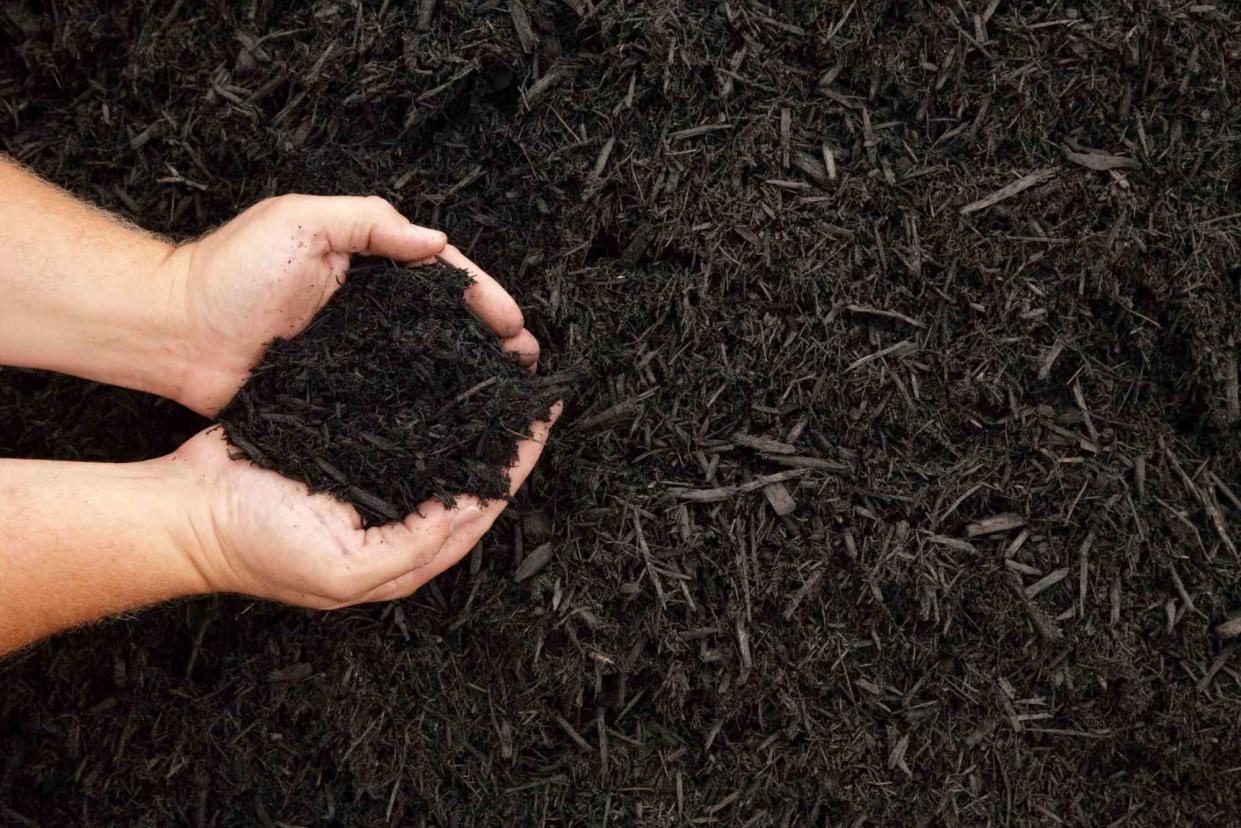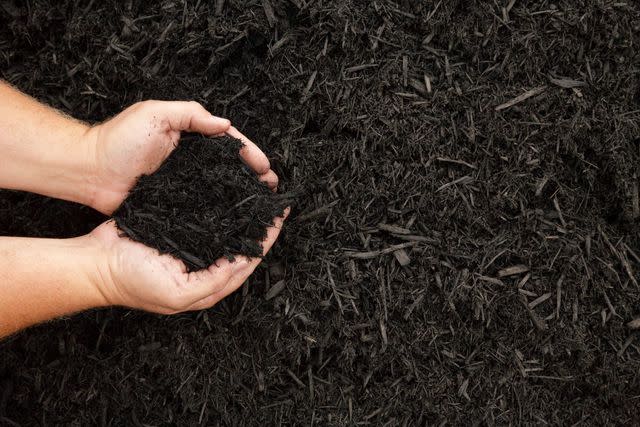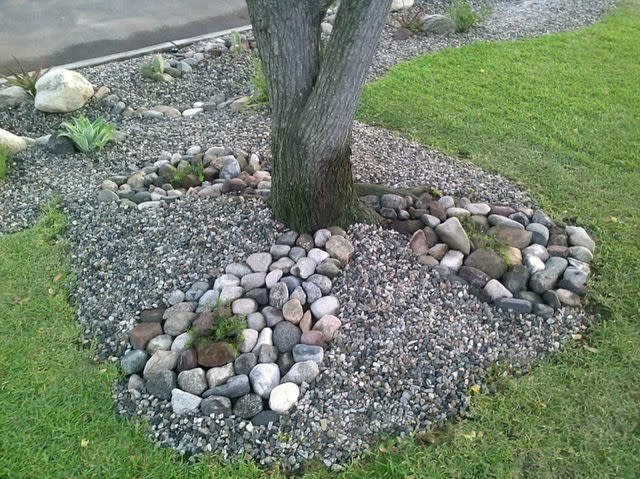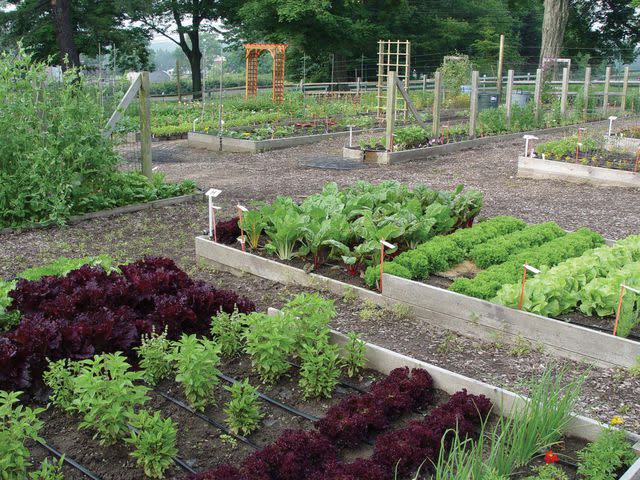The Best (And Worst!) Mulch For Your Garden

Our very own Grumpy Gardener gives you the low-down on the mulch varieties to buy and those to avoid.

Not sure what mulch you need for your planting projects this season? Well, it just depends on what you are using the mulch for and where you'll be using it.

Pine Straw
Pine Straw falls from pine trees, people pick this up, they make it into bales. When you put it down, it stays in place. It doesn't wash away, and it cools the soil. So If you've got a choice, you've got lots of pine trees in your area, pine straw is a very good option.
Pine Bark
Pine bark mini nuggets have a really dark brown color, and that makes it work very well in the landscape. It stays in place. It doesn't wash away. It slowly decomposes, putting organic matter in the soil. It's also one of the best mulches for using in containers when you want to just top off that container to keep all the potting soil in there from splashing out.
Ground Cypress
Ground cypress mulch is another natural material, and it's perfectly good mulch. The color may not be as appealing to some as pine bark mini nuggets. It stands out a bit more.

ollikainen / Getty Images
Grass clippings should be composted before adding them to soilOrganic Mulch
Organic mulch is good, and nowadays, we have so many types to choose from. These mulches are impermanent materials that will break down over the course of time. These organic materials provide the best benefits of mulch, and they help condition the soil by improving its texture and adding nutrients.
Inorganic mulches are materials that don’t break down (see below). Rocks are sometimes labeled as an organic mulch, but they don’t actually break down, so that’s misleading. Inorganic mulches often are synthetic and can be an excellent option for keeping weeds at bay in a large garden or landscaping space.
Types of Organic Mulch To Use:
Straw
Bark or wood chips
Pine needles
Crumbled or shredded leaves
Grass clippings
Sawdust
Coco coir
Avoid Red-Dyed Mulch
Red-dyed mulch isn't natural wood like you would get from bark and trees. This stuff is ground up from wood like from old pallets. Who knows where it came from.

Michael Romero, Succulent Designs
Rock and gravel landscaping under tree.Inorganic Mulch
Inorganic mulch options are longer lasting and often visually appealing. They do have their place in your landscaping endeavors. Using inorganic mulch can work for walkways, and other pieces of your landscaping that can use decorative placements. Organic mulches are appropriate in garden beds.
Consider these options of inorganic mulch:
Rubber mulch
Red or black plastic mulch
Rocks and stones
Landscape fabric
What Is Your Intention?
If you need to cover a vast area, plastic or fabric mulch is an easy-to-use option. Covering a large garden area with straw or wood chips can get pricey pretty quickly, and takes a lot more time to apply.
If you’re working with a large garden area, you also probably want to avoid stones or pebbles unless you’re absolutely sure of your final landscaping vision. Rocks are tough to remove once they’re down, so you want to be sure you want them there.

Keep your aesthetic vision in mind. Consider how you want the area to appear, whether you are using mulch for practical reasons or to create a landscape that blends colors and textures. Dyed wood or rubber mulch is great for improving the look of a landscape. If you’re using mulch to help conserve moisture in a vegetable garden bed, straw or coco coir are natural and organic choices. They’re not the most attractive mulch option, but they get the job done.
For more Southern Living news, make sure to sign up for our newsletter!
Read the original article on Southern Living.